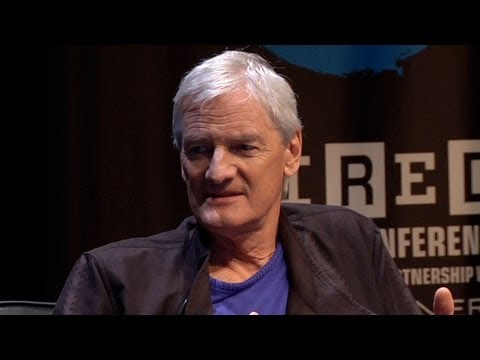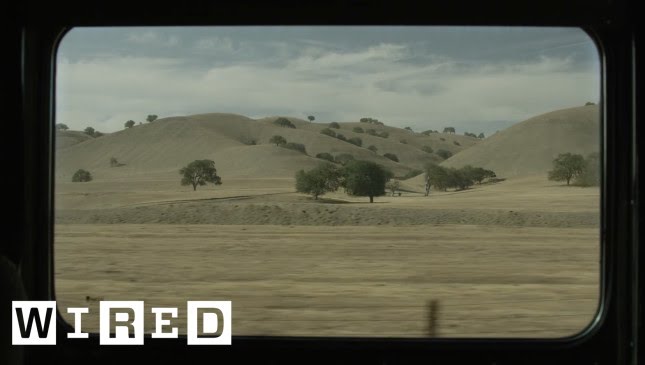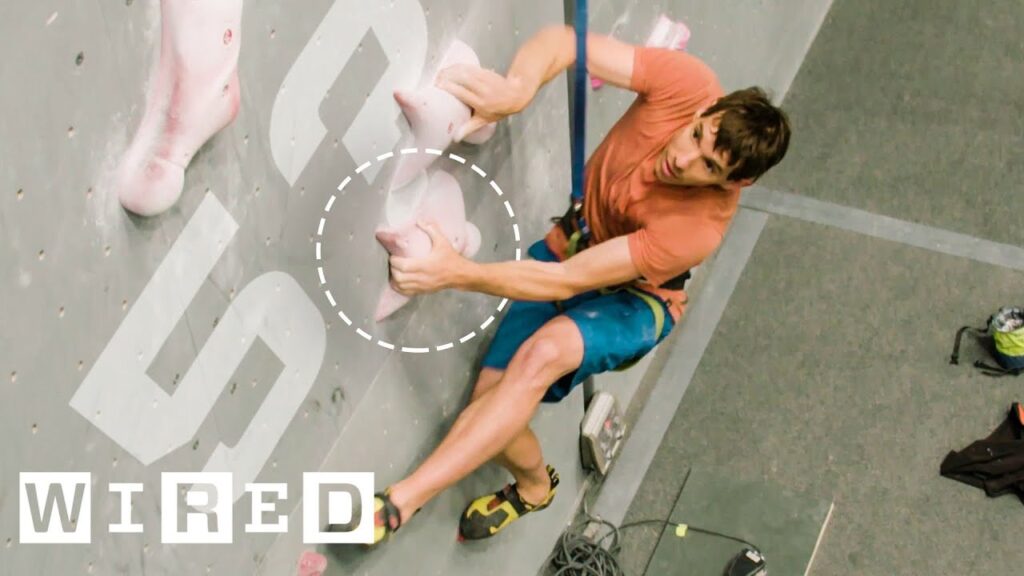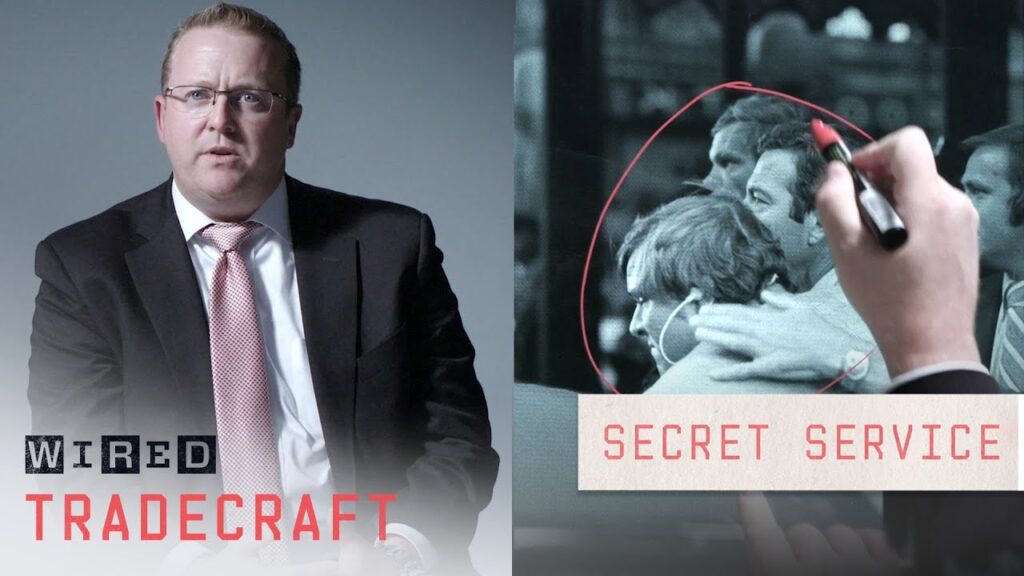Battle Damage: Building and Testing the Ultimate Cart
Summary
In this Q&A text, Eric and Justi of Battle Damage answer questions about the car they built and tested on the show. They share details about the car’s design and construction, including the custom parts they created, the 3D printing process, and the challenges they faced when building the first version of the car. They also explain how they chose and installed the motors, how they armored the car, and how they filmed its high-speed tests.
Table of Contents
- Building the Car: Custom Parts and 3D Printing
- Testing the Car: Challenges and Solutions
- Choosing and Installing the Motors
- Armoring the Car: L Brackets and Plexiglas
- Filming the Tests: From Laptops to Wireless Transmissions
Introduction
Battle Damage is a show where Eric and Justi build and test all sorts of things, from weapons to vehicles. One of their most popular creations is the car they built and tested on the show. In this Q&A text, Eric and Justi answer questions from fans about the car, its design, construction, and testing.
Q&A
Building the Car: Custom Parts and 3D Printing
- How did you build the car?
We built the car using custom parts that we designed and 3D printed ourselves. We wanted to create a unique vehicle that would be both sturdy and fast, and we knew that using off-the-shelf parts wouldn’t give us the performance we needed. So we modeled custom parts in software, 3D printed them, and assembled them into a car that had the look and feel we wanted.
- What parts did you 3D print?
We 3D printed a lot of the parts, including the elbow brackets that hold the motor mounts in place, the brackets that hold the axles, and some of the other structural elements. We also printed some custom parts for the wheels, such as the hubcaps and the covers that go over the bolts that hold the wheels in place.
Testing the Car: Challenges and Solutions
- Did you face any challenges when building the car?
Yes, we faced a lot of challenges when building the car. The first version of the car we built was not strong enough to stay on the track, and all the bottom pieces shattered during the first test. We quickly realized that we had underestimated just how strong the bottom of the car needed to be, and we had to rebuild it from scratch.
- How did you solve the problems with the first version of the car?
We went back to the drawing board and designed a new, stronger car that was made entirely out of steel. We used heavy-duty L brackets for the skeleton of the armor, and we added 3 8 inch plexiglass on top of that to provide extra protection. We also redesigned the motor mounts to be spring-loaded, so they would have the right amount of tension without breaking.
Choosing and Installing the Motors
- How did you choose the motors for the car?
We chose motors that were meant to power giant RC planes, like military drones. We knew that we needed a lot of power to make the car go fast, and these motors were the perfect fit for what we needed.
- How did you install the motors in the car?
We installed the motors by mounting them in the motor mounts, then connecting them to the wheels using a series of belts and pulleys. We had to make sure that the motors were aligned properly and that the belts were tensioned just right, so the car would move smoothly without any jerks or jolts.
Armoring the Car: L Brackets and Plexiglas
- How did you armor the car?
We armored the car using heavy-duty L brackets for the skeleton of the armor, and we added 3 8 inch plexiglas on top of that to provide extra protection. We also added some other structural elements to reinforce the car, like extra bracing and support beams.
- How did you choose the materials for the armor?
We chose materials that would provide the right balance between strength, weight, and transparency. We wanted the car to be as light and fast as possible, but we also needed it to be strong enough to withstand the high-speed tests we were going to put it through.
Filming the Tests: From Laptops to Wireless Transmissions
- How did you film the tests of the car?
We filmed the tests using a $50,000 super-scientific specialty phantom camera that we rented. The camera can only capture about four seconds of footage at a time, and we had to make sure we timed everything just right so we wouldn’t miss the shot.
- How did you connect the camera to the car?
We started out using a $700 laptop that we strapped to the car, but we quickly realized that was too heavy and cumbersome. So we switched to a $100 quarter-pound device that wirelessly transmits the data to a laptop. This had never been done before, but it worked perfectly and helped us get the footage we needed.
Conclusion
In conclusion, building and testing the ultimate car was a challenging but rewarding experience for Eric and Justi of Battle Damage. They designed and 3D printed custom parts, faced challenges and solved problems along the way, and created a car that was both fast and armored. They also used cutting-edge technology to capture footage of the car in action, pushing the boundaries of what was possible. Fans of the show can look forward to more great content from Eric and Justi in the future, as they continue to battle test the things their fans want to see tested.






